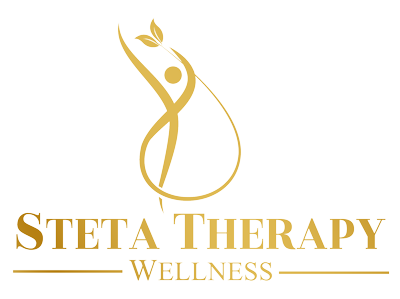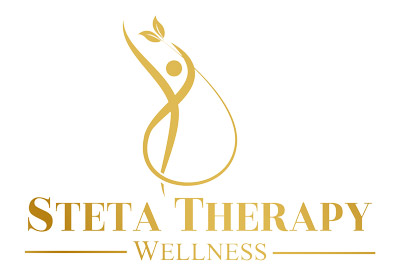
23 Jan Let’s Talk Subtle Support: Using the Safe & Sound Protocol (SSP) to Support the Nervous System & to Connect with Self and Others
This Winter I found myself reconnecting with the Safe and Sound Protocol, or for short the SSP. I have been listening to a newly added playlist called “Freely” and I have found it to be absolutely lovely. It’s easy listening and leaves me feeling more connected to my body and experiencing a real sense of openness.
You may have heard of this treatment modality or you may be thinking, “what the heck is the SSP?”. This is a protocol that uses a 5 hour music playlist, that has been modified & filtered to send safety cues to the nervous system via tuning to the inner and middle ear, which is believed to be directly tied to our felt sense of safety, threat, or danger in any given moment. In turn, this has the potential to support nervous system healing and regulation. The support has the potential to shift your autonomic nervous system out of a chronic state of defense and into a state of social engagement which allows you to be more connected, resilient, present, and able to respond to experiences versus reacting to states of defense or activation.
Recent case studies have shown improvement in clients/ patients who experience many types of anxiety, chronic depression, adhd, long-term covid, sensory processing difficulties, and diagnoses of autism.
While there is additional ‘work’ required in the therapy setting in tandem with the listening program, I find the experience with the listening alone leaves me feeling quite at ease. It can be activating as well, so we plan for this together by identifying passive and active safety cues (what some call a coping tool box) in order to prepare for any of those potentials activated states.
When it comes to the Polyvagal Theory, which is what the SSP is developed on, Steven Porges has identified three states as a result of the body’s detection of safety or danger. These are Social Engagement, Fight & Flight, and Shutdown. While these concepts deserve entire blog write-ups on their own accord, we know that the ability to connect with others and to feel safe is the Social Engagement System (SES). And when the system is not feeling able to Connect, it goes into Protect Mode, which are the latter two states.
Shifting to a safety state can pause, slow down, and soften the defensive state. While creating awareness of safety cues can trigger potential safety!
I love the idea of stretching the nervous system and our window of tolerance so we can savor the results of those efforts. This is opposed to stressing the nervous system and pushing it into a survival state (a state of defense) which can easily happen via our cultures expectations and pressure of continuous pushing and a hustle mindset.
Active Cues of Safety can include a range of activities which specifically and intentionally increasing the feeling of safety through movements or sensory stimuli. This could look like using your breath, walking or working out, dancing or singing, gardening, cooking, or any other activity that helps you to create the safety state.
Passive Cues of Safety include elements that we can control in order to increase the chances of being in a safety state, but we may not consciously notice them in any given moment. This could look like using environmental anchors to set the tone of safety- such as making intentional choices with color, proximity of furniture, tidiness, lighting, sound, or scent.
I encourage you to play with both of these in your day-to-day experiences. Observe and take note, what elements in your space help you to feel your best, most grounded self? What helps you to feel most at ease? Most ready to connect?
After creating safety cuing in the environment, the SSP support is one format to help you feel as though the SES state is more accessible.
I have recently opened up my availability for the SSP work in either a short term format (with short term therapy support) and or longer term format which would be engaging in the SSP + long term therapy sessions. Please don’t hesitate if you are interested or would like some additional information! If you are intrigued, read here for more info on all of the things SSP!


Sorry, the comment form is closed at this time.